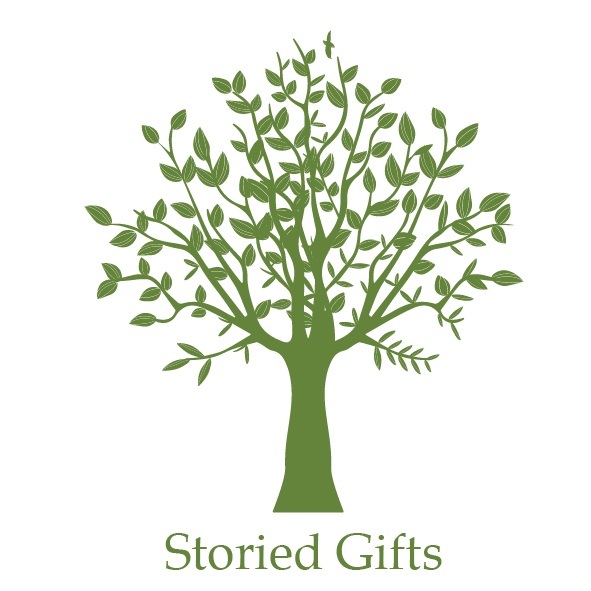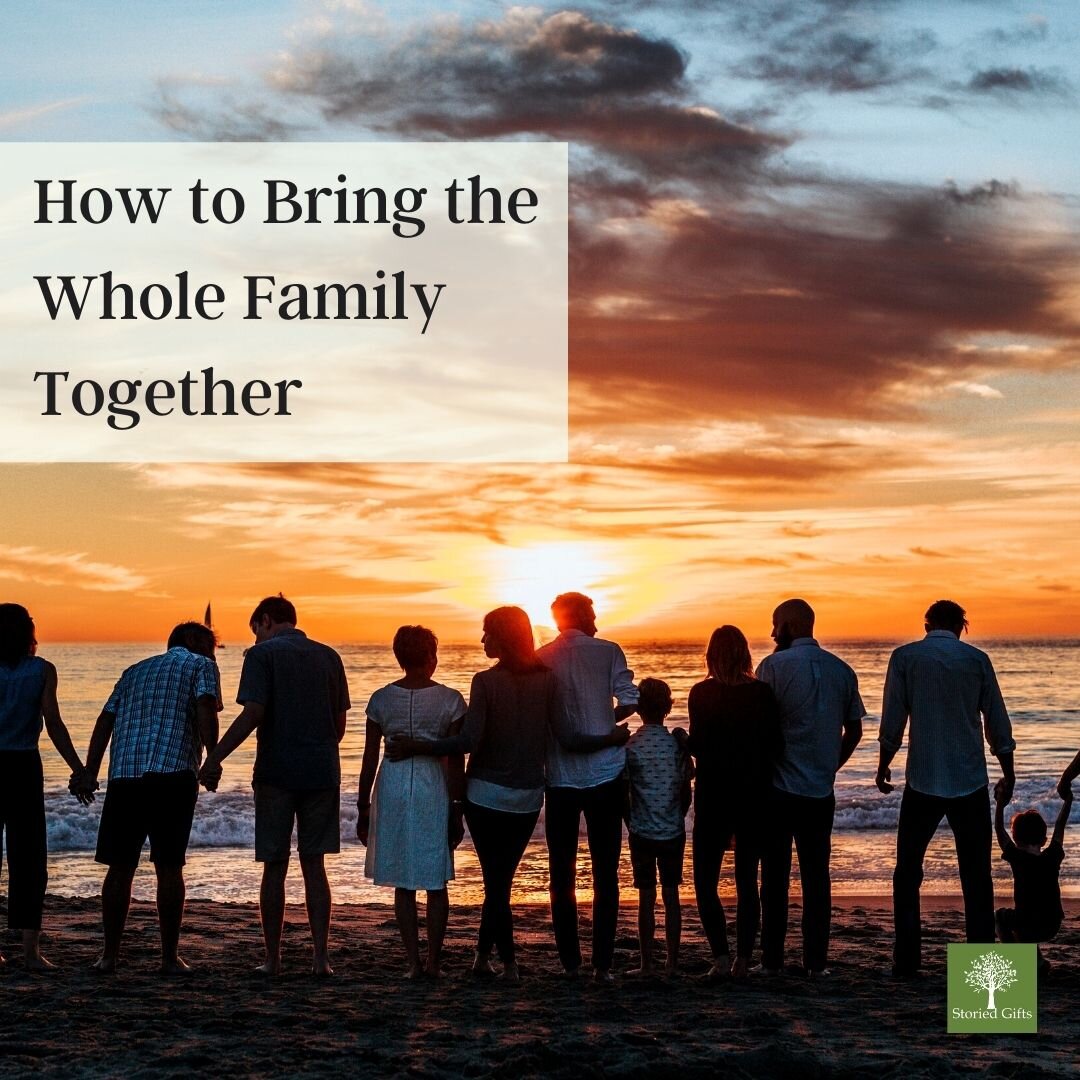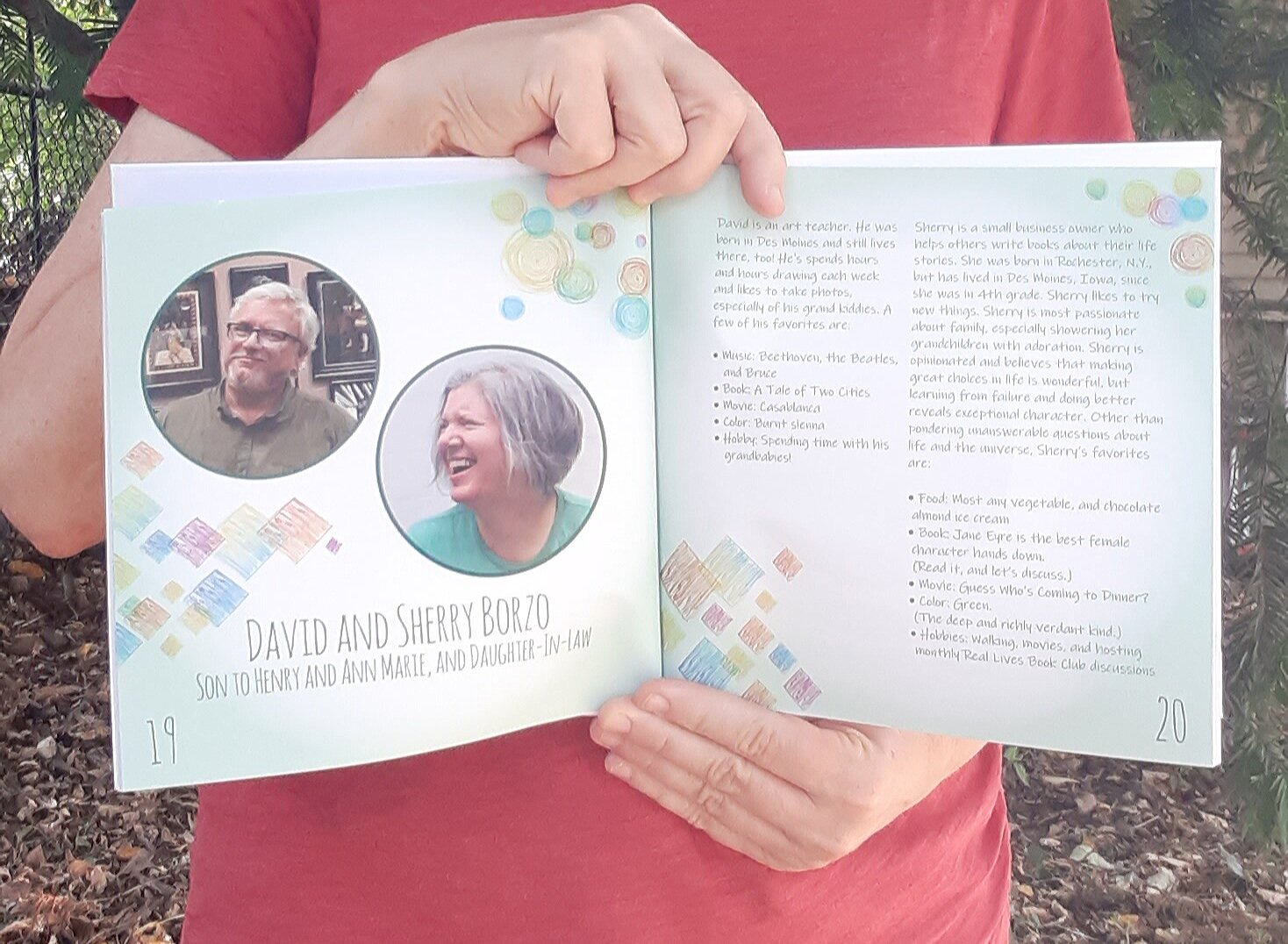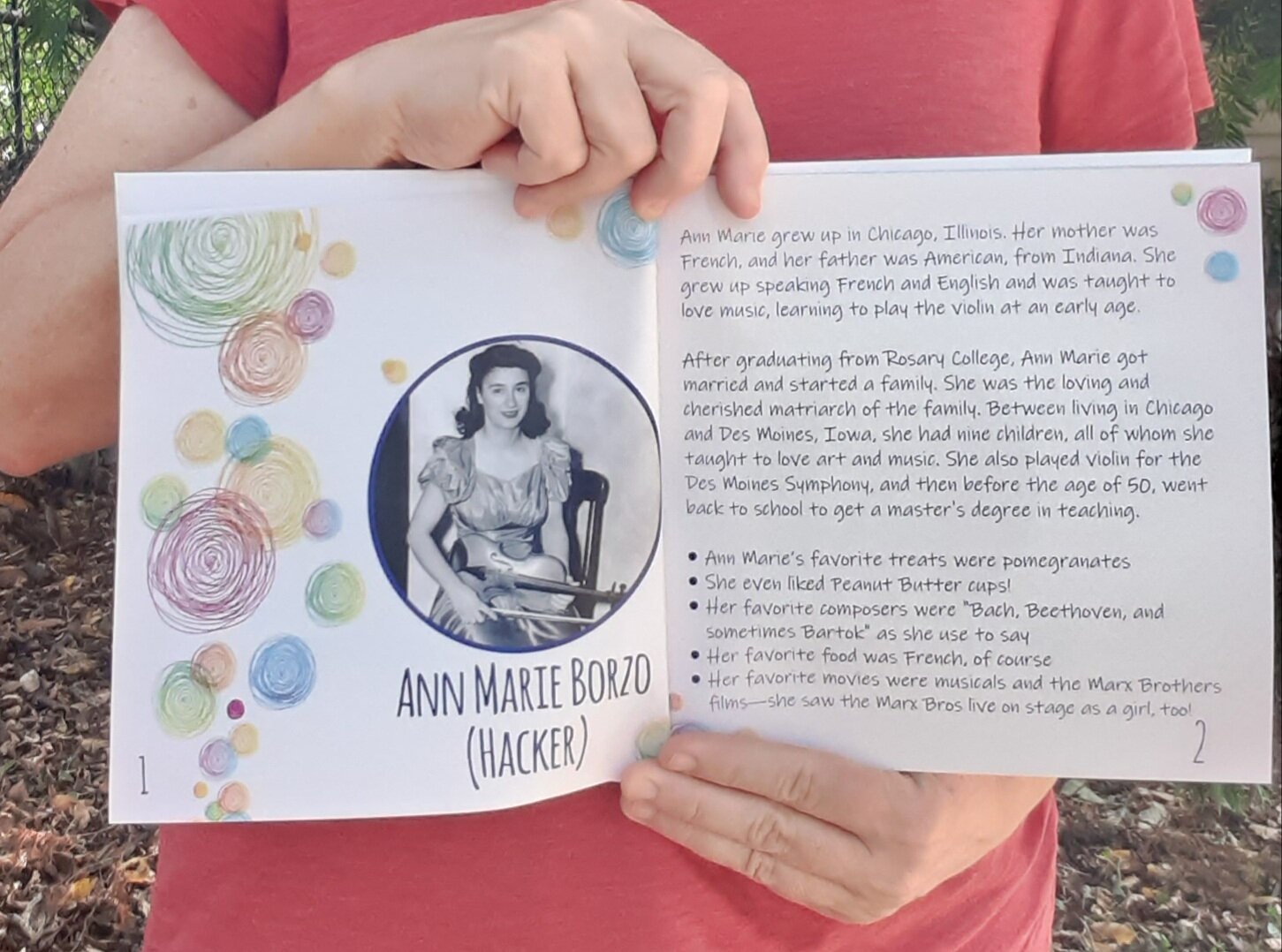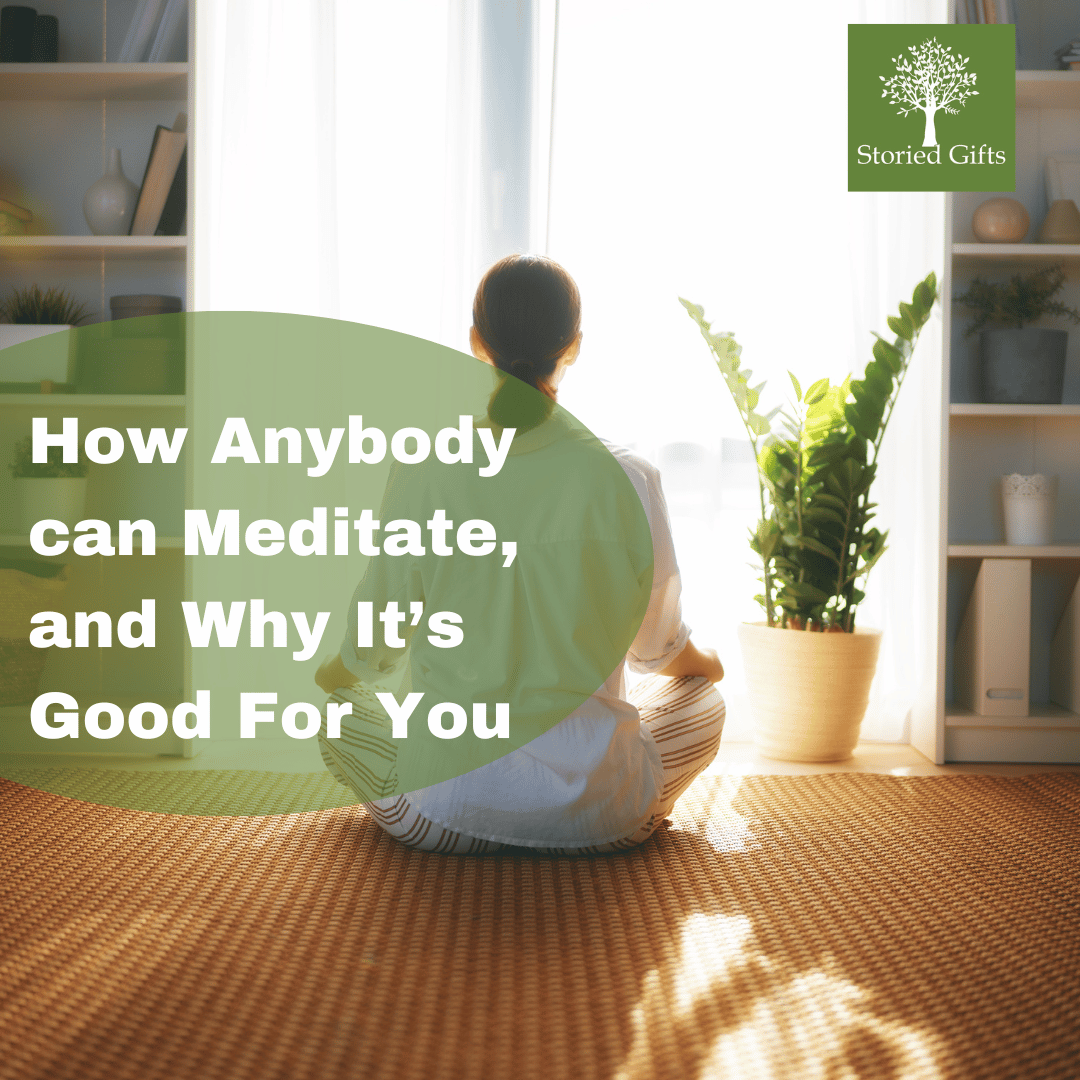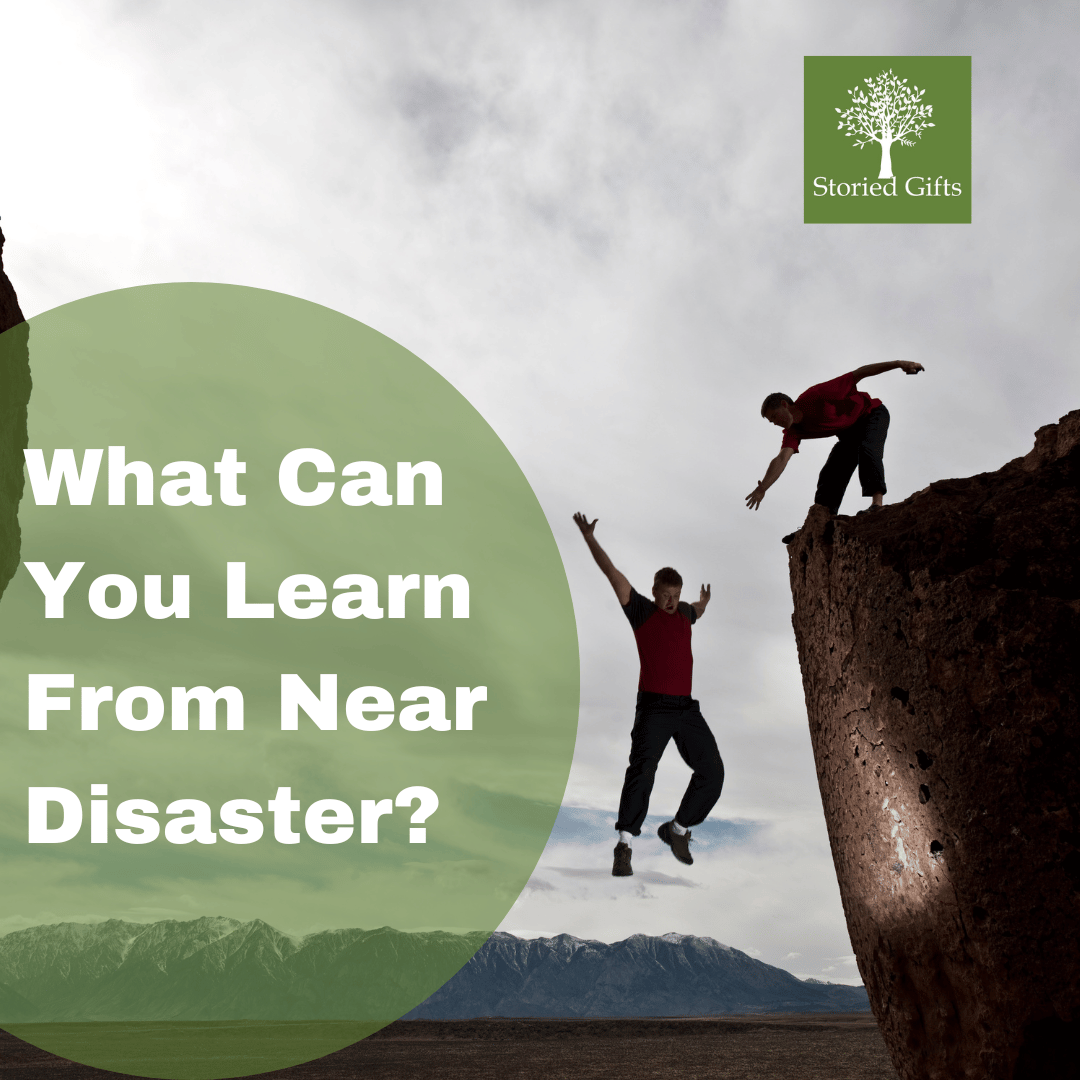How to Bring the Whole Family Together
Disclosure: There are some affiliate links below, and I may receive commissions for purchase made through the links in the post. However, these are products I highly recommend. I won’t list anything I haven’t tried and found personally useful.
As a grandparent, I know I'm lucky to live just blocks away from my grandchildren. But we're only a tiny piece of their family pie - most of the family is farther away, spread across the United States and in other countries.
We have the technology to help bridge the distance, but the reality is my grandkids are unlikely to see parts of their family more than perhaps a half a dozen times throughout their childhood if that much. I have wondered how I can help them identify and understand their place in their larger family circle and gain an understanding of these far-reaching individuals.
How close are you to your extended family? Do you get together for reunions or gather regularly for holidays? How well do you know your parent's siblings, their children (your cousins), and your wider extended family of grandparents and beyond?
It's a question that comes up often in interviews with clients for family history book projects. Anecdotally, I've found that those over 60 frequently grew up with stronger ties to extended family. And these larger family units provided stability and the safety net of a community.
Today's families are often smaller and further afield from each other. But for children, as with us all, the family unit continues to make the most influential impact. In child development, family is the primary source of socialization for values, skills, and security. Continuity of the family is essential to help a child build strong self-esteem and thrive.
The bonds to the family are primal. Families are the template on which we realize the importance of forming communities and working within societies. From families come concepts of civility and civic responsibility.
But these days, families are distanced not just by geography but also by the complexity of blended families. As families continue to evolve and our definition of family changes, children face the challenges of a less tethered family circle.
So, the question is, how can you help your child feel the bonds of family? Here we offer an idea you can create yourself or hire someone like us to help bring to reality.
The Changing Family
The generations that grew up in the early to mid-20th century were more likely to often gather with extended family, or at least annually. And many even lived near family within a community or resided in multi-generational homes.
In a fascinating article from The Atlantic, author David Brooks unpacks the contrived definition of the family of the 1950s and how it has changed. He states: "Today, only a minority of American households are traditional two-parent nuclear families, and only one-third of American individuals live in this kind of family."
More people create families that are situational, based on where they live with organic associations. But no matter how you define family, forming bonds is essential for child development. Children with strong family ties exhibit resilience, improved educational outcomes, and are better equipped to become healthy contributing adults.
Could today's family dynamic be why many Americans focus on individual rights rather than doing what is for the common good? As I thought about my grandchildren, the world they'll inherit, and their growth and happiness, I wondered how to help them realize their place in a solid and engaging family.
How to Build Your You & Me Book
If you've ever read to a child, you know the impact of time spent together with a book. It occurred to me that by creating a book of bios and photos of the family, we could then share them while nestled together for book time, and it would be a powerful tool.
The You & Me book concept idea was born.
Here I provide the steps we used to create our piece.
First, decide how wide you'll extend your net for the project. We chose our grandchildren's grandfather's side for this book.
We then reached out to everyone in that group and asked them to write mini-bios and answer a few questions. They also provided a favorite photograph.
Remind each person that these snippets about themselves should be short and written with children in mind.
The challenge as often happens when organizing with a group, is getting everyone to return content. Set dates and follow up.
Our You & Me example includes a tree of those in the book. The chart shows how each person relates to the other.
The visual tree helps solidify the connections. And let's face it, for many of us (me included), keeping track of the ancestry links can be confusing!
We then placed each page of photos and bios in chronological order based on birth date. We began with the great-grandparents, their children, their children's children, and so on.
My You & Me Book Experience
So far, I've shared You & Me with my grandchildren several times. The reviews have been favorable.
The 8-year-old was interested to learn that Great Aunt Louise, who lives in Baltimore, likes chocolate ice cream just like she does; and found it funny that Great Uncle Francis "drives in circles" (he's a bus driver).
For the 3-year-old, the bios are a bit too long, so we look at the photos and talk in general terms about each relative and offer him one factoid to ponder. He loves busses and thinks Great Uncle Francis has the best job in the world.
I'll admit they seemed especially fascinated with the bios about themselves, which their dad wrote. They laughed and wanted me to read them several times, so of course, I complied.
As with anything worth teaching, repetition makes the difference with kids. I've read and will keep reading our version of You & Me in the months and years to come.
The stories and information about their family will become second nature and gradually impart the invaluable message; you are part of a bigger story of a family that embraces you even from afar.
Postscript: When things seem out of control like it feels these days, acting where we have control is a comfort. Cleaning up your stuff is within your power! If you need help getting going on organizing your home check out Get Organized Gal’s courses for support.
I used her course to organize my office, and it is in pretty good shape these days. Success in one space has lead to cleaning channels to other rooms and photos as well. Check out he courses here.
Sherry and Alexandra Borzo together in Lima, Peru
Sherry is the founder of Storied Gifts a personal publishing service of family and company histories. She and her team help clients curate and craft their stories into books. When not writing or interviewing, Sherry spends loads of time with her grandchildren and lives in Des Moines, Iowa.
STORIED GIFTS SHOP
Need a beautiful infusion of inspiration for your storied life? Please check out the Storied Gifts Shop where the theme is Words of Encouragement.
The shop is a mother and daughter venture for Sherry and Alexandra Borzo of Content In Motion. They both work to help their client's stories sing. The shop is their effort to inspire a focus on healthy minds for everyone through positive thought.
LET’S BE FRIENDS
Please like the Storied Gifts Facebook page. We offer tips and inspirations to help you tell your stories and live a storied life by harnessing your healthy mind through the power of the thoughts you choose.
